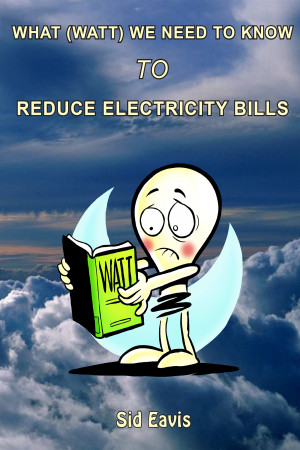Location: Australia
Member Since:
July 31, 2012
Sid Eavis
Biography
Sid Eavis was born in England at the outset of the 2nd World War and completed tertiary education as well as an engineering apprenticeship with a large manufacturer of high voltage switchgear. During this period the world moved toward a central generating authority close to coal mines and water. It was around these areas in UK that industry developed as major consumers of electricity. The distance between major cities like Liverpool and Manchester (55 kms) was economic. The distance between Sydney and Brisbane is over 900 kms. It was a mistake to import the UK model. Sid recognised this model needed revisiting especially as technology and science had fast developed. Climate change has also developed. Sid studied electrical engineering and worked in the power generation and distribution industry for 45 years. Whether people think mankind is responsible at least in part for global warming is not the issue. In reality we all create a carbon footprint, which contributes towards a collective carbon shadow over the planet. Sid addresses the problem, which appears to be too hard for governments all over the world to meaningfully confront. Sid and his family immigrated to Australia in 1970 and recently moved out of Sydney to the Southern Highlands - an escape to the country
Books
What (Watt) We Need to Know to Reduce Electricity Bills
by Sid Eavis
Price:
$4.99 USD.
Words: 8,520.
Language:
English.
Published: November 4, 2018
.
Categories:
Nonfiction » Engineering, trades, & technology » Environmental / Waste Management, Nonfiction » Education & Study Guides » Study guides - Education
The electrical 'system ' of generation and distribution loses 66% in heat and other inefficiencies before it arrives at your door? This means that for every 1kW you consume, 3kW has to generated so we're actually paying three times more than we should. This booklet tells us what (Watt) we need to do to reduce both our electricity bill and our carbon footprint by simply learning how to use less.

